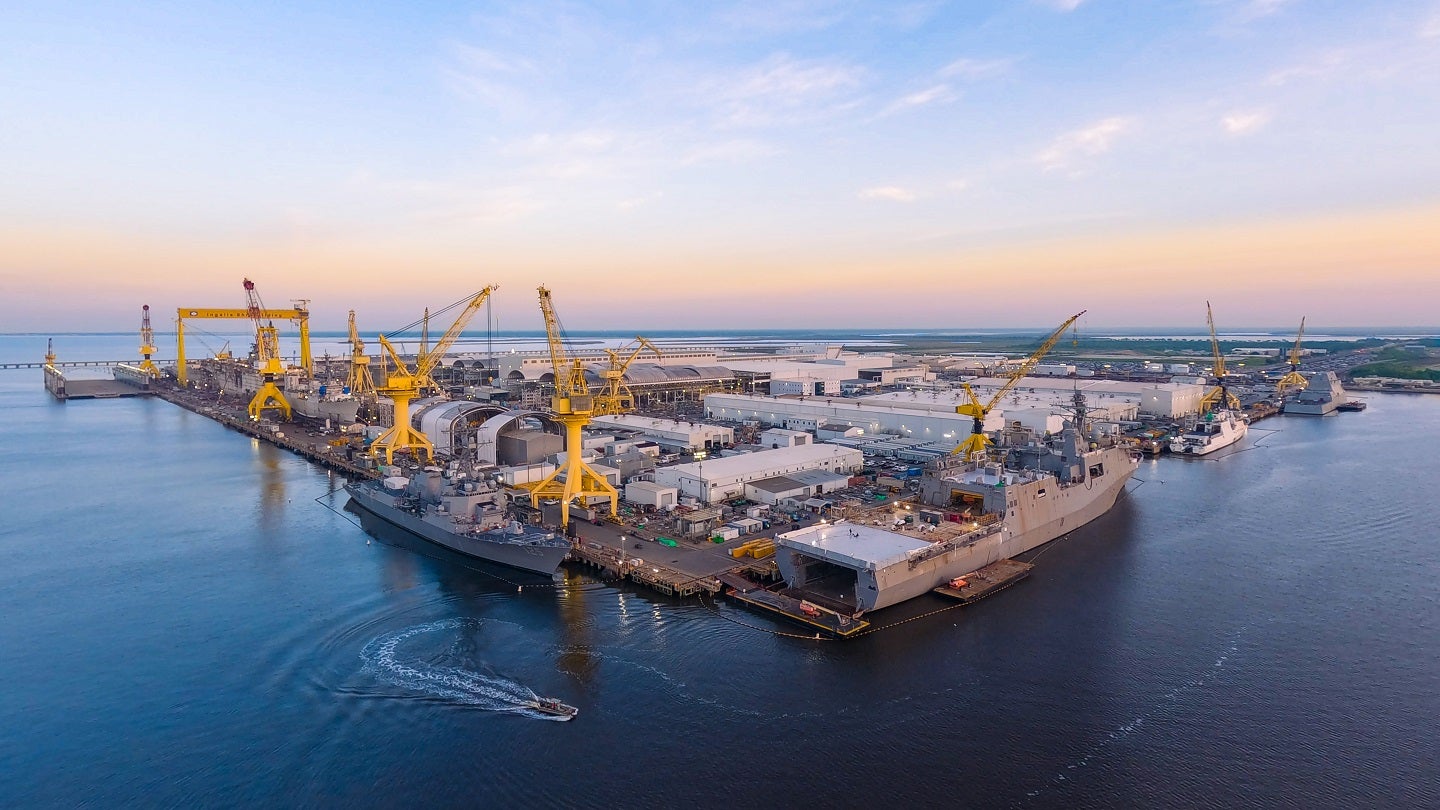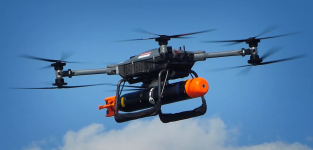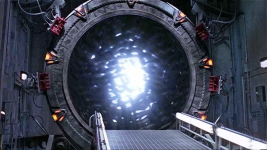I still don’t understand how the CAF can use the costing model it does though.
What you wrap up in costing models is mind boggling.
To me there should be a cost for
1) Ship, CSC
- I can accept (partially) that the combat systems, weapons etc going into the ship are part of that, especially new systems.
I can’t understand how one would put crew costs into the ship. Considering the CAF budget has a cutout for salary.
I disagree with putting NSS coating into the ship - as those costs are Defense Infrastructure, and should be separate (same concept as the F-35 shouldn’t be coated with northern run way upgrades).
Those items needed to be done regardless of platform simply as a cost of being a Nation.
Project Staff; again salaries are already costed - they were being paid regardless of what program they are on, it’s simply part of National Defense to have those staffs.
O&M. Most countries have a dedicated Operations and Maintenance budget - it goes to ensure that one’s military is functioning. O&M isn’t used for new equipment (it’s illegal down here to use O&M to field new equipment). Fuel, parts, ammunition etc falls under this, generally if the Government requires more Operational usage than forecast, it will then allocate contingency funds (and this is where the USG often overspends)
National Defense isn’t a business, it shouldn’t be costed like a business, as how do you put a $ value on Gov directed missions?
It just seems that the way the CAF is forced to cost programs is designed to make giant political targets out of truly required resources for conducting the missions that are required of a Nation.
Part of it goes back, no sh!t, to the refit of the Bonaventure in 1966 at Davie. DND (pre-Heller) and Public Works used contracting models that defied logic but were intended to to be "fair" (think 25% for Québec, but this was years before that became official Gov't of Canada policy).
Anyway, legend, as I heard it, has it that Davie was so frustrated with the complexity of the paperwork that it devised a shortcut: it put several tens of thousands of dollars worth of hardware, nuts bolts, washers, grommets and whatever on one cabinet and sent it through.
n. Cabinet, spare parts ... $ 20.00
n. Cabinet, spare parts ... $ 20.00
n. Cabinet, spare parts ... $37,458.95
n. Cabinet, spare parts ... $ 20.00
n. Cabinet, spare parts ... $ 20.00
It wasn't noticed by Public Works or DND (not surprising) but the Auditor General picked it up some years later and it became fodder for more government "reforms" which, most likely, made things worse.
It's analogous to, and maybe a true as, the famous pre-WWII story about the handover of the Royal Navy dockyard in Singapore ...
n. Boats, gravy, Wardroom, white ... $ 4.00
n. Boats, gravy, C&PO's Mess, blue ... $ 3.00
n. Boats, tug, harbour, grey ... $57,984.95
n. Boats, gravy etc, etc ... $ 2.00
... but that's the story as I heard it, from a very, very senior officer back in the mid 1980s.





